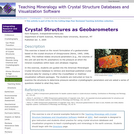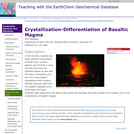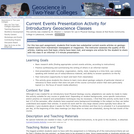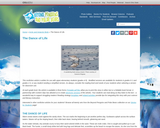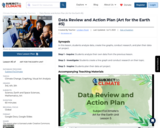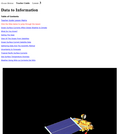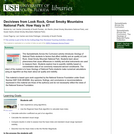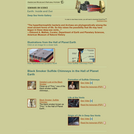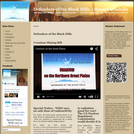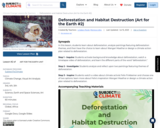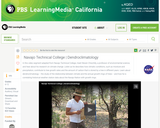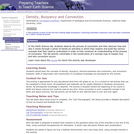SYNOPSIS: In this lesson, students learn about deforestation, analyze paintings featuring deforestation …
SYNOPSIS: In this lesson, students learn about deforestation, analyze paintings featuring deforestation themes, and then have the choice to learn about Wangari Maathai or design a climate action plan related to deforestation.
SCIENTIST NOTES: The lesson allows students to explore the importance of reforestation to combat climate change. There are no scientific misconceptions in the lesson except for one instance in the Young Voices for the Planet video, which is embedded on slide 19 of the Teacher Slideshow. At 3 minutes, 35 seconds into the video, the boy Julian says, "We plant trees to help climate change." This is an error because we plant trees to fight climate change. All other materials are properly sourced. Thus, this lesson has passed our science credibility process.
POSITIVES:
-There is opportunity for a lot of peer and group discussion in this lesson.
-Students share their own thoughts and feelings about Jill Pelto's art, validating how they feel about deforestation and climate change.
ADDITIONAL PREREQUISITES:
-This is lesson 2 of 6 in our 3rd-5th grade Art for the Earth unit.
-A stable Internet connection is required to play the videos, especially the Google Earth timelapse video.
-Students should have some background knowledge on Jill Pelto, which you can find in lesson 1 of our Art for the Earth unit.
DIFFERENTIATION:
-This entire lesson lends itself to discussion. Group students accordingly so they can get the most out of this lesson.
-The Google Earth timelapse video of deforestation can be emotional to watch. Students may react with anger, sadness, fear, or shock. Tell them that those feelings are normal and natural. You can also tell them that you are learning about deforestation and climate change in order to do something about it. Empowering your students is one of the most powerful gifts you can give them.
-Some students may be eager to share their thoughts and feelings about Jill Pelto's art. Let them share with the class. Some students, however, may want to keep their feelings to themselves. That is OK too.
-The Inspire section of this lesson features a lot of student agency. Some students may want to learn more about Wangari Maathai and then be "done" with the deforestation part of this unit. Other students may want to design an action plan for your school or community. Perhaps they'd like to plant more trees on your school grounds. Support these students appropriately, and perhaps their efforts will lead to a greener, healthier, calmer school environment.

